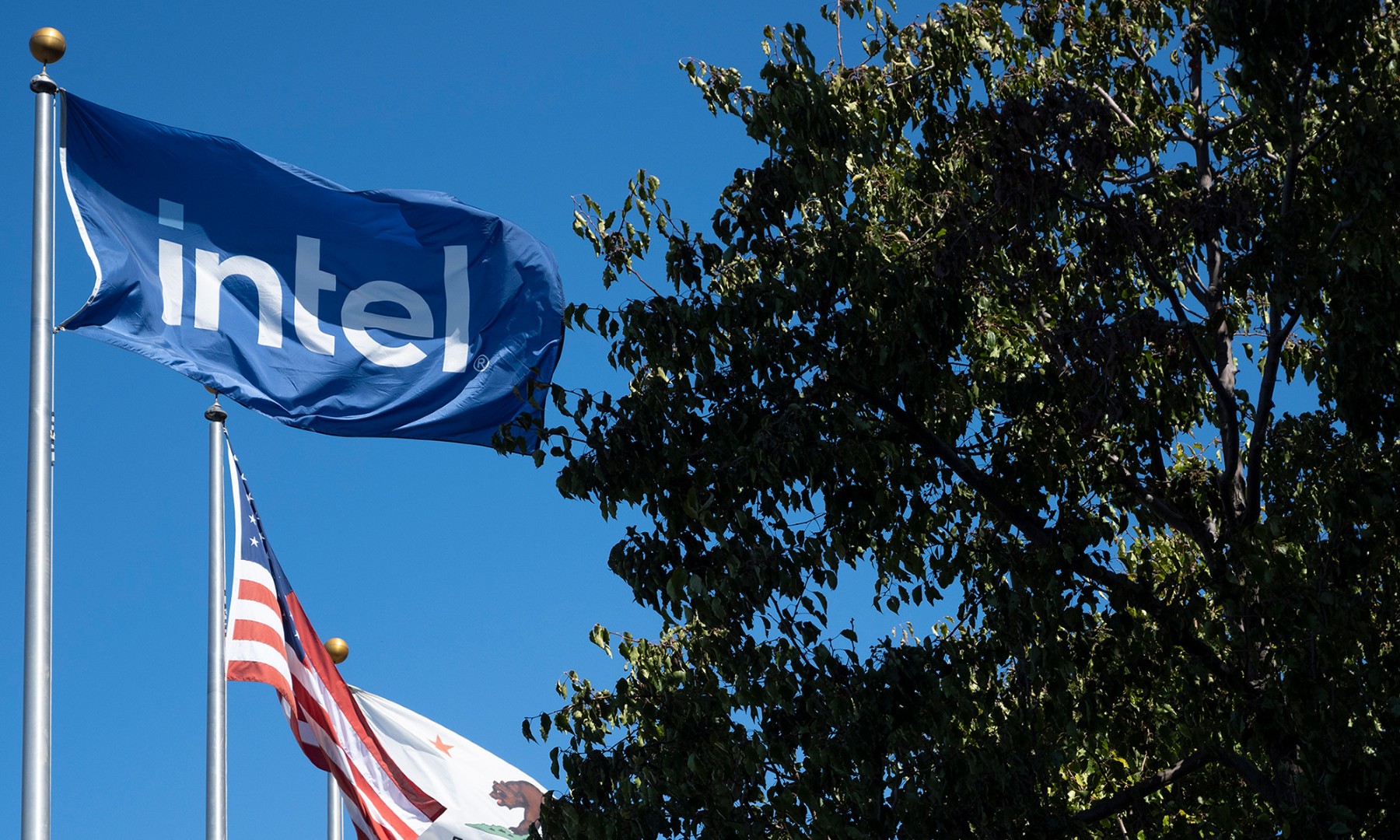Back in June, Intel (INTC +1.10%) announced a processor known Broadwell-C. These are essentially quad-core processors with Intel's very best Iris Pro graphics and an on-package eDRAM cache aimed at desktop PC enthusiasts (think, for example, the hardcore gamer crowd).
Scott Wasson over at The Tech Report tested the processor and, in his review of Intel's latest Skylake-based Core i7-6700K processor, showed that this Broadwell-based processor was actually a better gaming chip overall than the best of Intel's just-launched Skylake processors.
It might strike one as particularly odd, then, that at Intel told Wasson in a pre-launch briefing on the Skylake architecture that a similar chip to the Broadwell-C based on the Skylake architecture isn't in the cards this time around.
I believe that I understand why Intel might not want to launch this processor, despite the fact that it probably would have been a very attractive chip to gamers.
Some pricing background
According to Intel's most recently published pricing list, the "recommended customer pricing" for the Core i7-5775C is $366; the cheaper i5-5675C is listed at $276. By way of comparison, the recently launched, Skylake-based Core i7-6700K (which doesn't feature the large graphics block or the eDRAM cache) is listed at $339 and its weaker sibling, the Core i5-6600K, comes in at $242.
So, the Broadwell-based chips with the eDRAM cache are intended to be priced a little bit higher than their newer, Skylake-based counterparts sans eDRAM.
From a financial perspective, the Broadwell chips are a really bad deal for Intel. Let's take a closer look.
The main reason this is a terrible deal for Intel
There is one key reason that selling the Broadwell-based chips with eDRAM doesn't make financial sense for Intel: the relative cost structures of the top Skylake Core i5/i7 chips (without the large GPU and eDRAM) and the top Broadwell Core i5/i7 chips (with large GPU and eDRAM) are not at all reflected in Intel's pricing.
According to AnandTech, the Skylake processors have die sizes of 122.4 square millimeters. In contrast, the Broadwell-C parts -- which are built on the same 14-nanometer manufacturing technology that the Skylake chips are -- feature die sizes that are probably more in the ballpark of 160 square millimeters.
In addition to the larger silicon area which not only means fewer chips per wafer but also likely worse chip yields, the Broadwell chip includes a sizable on-chip eDRAM cache (which, frankly, is the only reason that this chip is compelling to gamers in the first place), which certainly further increases manufacturing costs.
Is it any wonder that availability of these chips has essentially been nonexistent in North America despite a launch nearly three months ago?
Why would Intel do this with Skylake, then?
It's fairly clear at this point that Broadwell-C is a losing proposition relative to the standard quad-core Skylake chips for Intel. A potential Skylake-C would only be worse relative to Broadwell-C.
Keep in mind that the Skylake chip with higher-end graphics is expected to feature what is known as GT4 graphics. This means that the silicon real-estate dedicated to graphics in a hypothetical Skylake-C would be even greater than that in Broadwell-C.
This means that, assuming similar manufacturing yields, the Skylake-C would be an even worse proposition for Intel from a cost structure perspective. Frankly, the die sizes of Intel's upcoming Broadwell-E parts (with six and eight CPU cores) will probably be smaller than that of the hypothetical Skylake-C, so it makes more sense for Intel to want to sell the higher-end Broadwell chips to enthusiasts than a Skylake-C.






